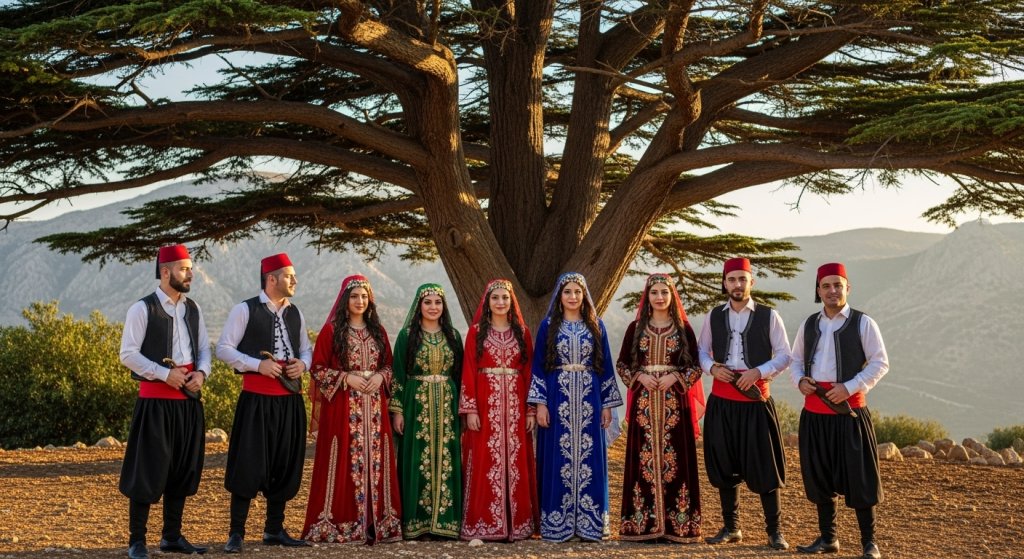More Than Fabric: A Cultural Tapestry
Lebanon, a land where ancient history dances with modern vibrancy, showcases its captivating cultural tapestry in countless ways – and one of the most visually striking is through its clothing. More than just fabric and thread, Lebanese traditional clothing tells a story, whispering tales of heritage, social customs, and the enduring spirit of the Lebanese people. For those eager to delve into the heart of Lebanese culture, understanding its attire offers a fascinating and colorful entry point.
Tangible Links to the Past
When we talk about traditional Lebanese clothing, a few key images might spring to mind. Perhaps it’s the elegant abaya, often intricately embroidered and worn for special occasions, or the practical yet stylish sherwal, the baggy trousers historically favored by men. These aren’t just garments; they are tangible links to the past, each stitch carrying echoes of generations gone by.
Influenced by Land and History
The diverse landscape and history of Lebanon have profoundly influenced its Lebanese traditional clothing. From the coastal regions to the mountainous interiors, subtle variations in style and material have emerged, reflecting the local climate and resources. For instance, heavier fabrics and layered garments were essential in the colder mountainous regions, while lighter, more flowing styles were adopted along the Mediterranean coast.
The Artistry of Tradition
Exploring Lebanese cultural clothing reveals the significance of craftsmanship and artistry. Traditional pieces often feature exquisite hand embroidery, showcasing intricate patterns and vibrant colors. These embellishments aren’t merely decorative; they often hold symbolic meaning, representing family heritage, social status, or even regional identity. The dedication and skill poured into creating these garments highlight the value placed on artistry within Lebanese society.
Tradition Endures in Modern Times
While everyday Lebanese clothing has naturally evolved with global trends, the essence of tradition remains visible, particularly during celebrations and cultural events. Weddings, religious ceremonies, and national holidays often see a proud display of traditional Lebanese clothing, keeping these cherished styles alive for new generations. This conscious effort to preserve their sartorial heritage underscores the deep connection the Lebanese people have with their roots.
A Fusion of Old and New
Even the more contemporary Lebanese dress often incorporates elements inspired by tradition. Designers frequently draw upon historical motifs, fabrics, and silhouettes, offering a modern interpretation of classic styles. This fusion of old and new demonstrates a dynamic culture that respects its past while embracing the future.
Understanding the Soul of Lebanon
Understanding Lebanese clothing is therefore more than just appreciating aesthetics; it’s about gaining insight into the soul of Lebanon. It’s about recognizing the threads of history, artistry, and community that are woven into every garment. As you explore the Arabic language and culture with us, we encourage you to also appreciate this vibrant visual language of traditional Lebanese clothing and the stories it so eloquently tells. It’s a beautiful testament to the enduring traditions of Lebanon.
Conclusion
To continue your journey into the heart of this rich culture, understanding its language is the next essential step. Unlock the stories woven into the fabric of Lebanon and the wider Arab world. Download the Kaleela app today to begin learning Arabic and connect more deeply with the traditions and people behind these beautiful creations.



